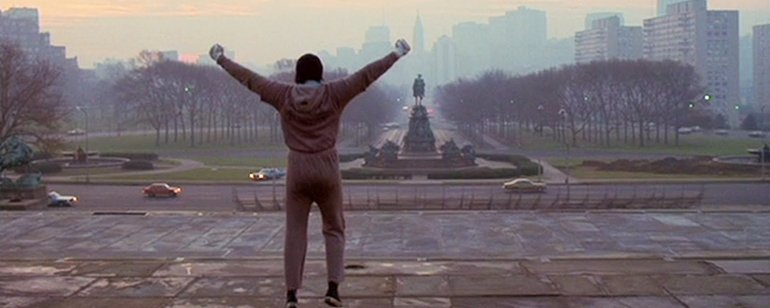 In my professional career I have been involved in extremely complex jobs, starting when I was a research scientist for Raytheon, to running a consulting business, to chief technologist in a fortune 50 company, then as an international technology management consultant, and now as an online entrepreneur. The demands on my time and the complexity were to say the least very intense.
In my professional career I have been involved in extremely complex jobs, starting when I was a research scientist for Raytheon, to running a consulting business, to chief technologist in a fortune 50 company, then as an international technology management consultant, and now as an online entrepreneur. The demands on my time and the complexity were to say the least very intense.
For a long time I struggled, until I started running large software projects for the fortune 50 company, and was responsible for hundreds of customer engagements, development projects, and thousands of developers around the world. Not only did I have to stay organized, but I had to come up with standards and processes for the organization that reached across industries and cultures.
This was at the dawn of the agile revolution, the mid 1990s, a new software development productivity systems was brewing. Some of these systems would eventually evolve to generalized business productivity processes that most people use today.[/vc_column_text][/vc_column][/vc_row][vc_row][vc_column][vc_column_text]
How DFE Came To Be
Over the last 5 or 6 years, since starting with online businesses, I have tried all manner of personal productivity systems, like the Matrix Prioritization system, Getting Things Don (GTD), Zen to Done (ZTD), and several others. All of them are effective at something and lacking elsewhere. Some were too structured and inflexible, and others were the opposite. Some were complex, while others, like matrix prioritization and the Seinfeld method were extremely simple, but were inadequate for more complex tasks.
I needed the Goldilocks system that fit all my needs, that focused on getting things done, and could grow with the complexity of the tasks. A tall order, yet this is exactly the challenge I had in the Fortune 50 company. And I needed a system for me, not for an enterprise. So, that’s how the DFE Productivity System was born I turned an enterprise agile system into a personal one.
DFE is based on Agile philosophy, methods and practices as well as modern productivity hacks, or what I call habits. It’s a great system that allows a person to get immediately productive. But you need to develop a few habits first.
So how do we start? Being productive is a developed skill, or habit. So, we start by developing two habits that will make us productive almost right away, and those are 1) write down what you need or want to get done, and 2) act on those things, one at a time until they are done, that concentration on the current task until done is important.
After a while this simple method can get a bit frazzled as the things we want to accomplish starts growing in number and complexity. And we realize we need to develop other skills or habits so we can incorporate an incrementally more sophisticated system. And we grow from there.[/vc_column_text][/vc_column][/vc_row][vc_row][vc_column width=”1/2″][/vc_column][vc_column width=”1/2″][/vc_column][/vc_row]

